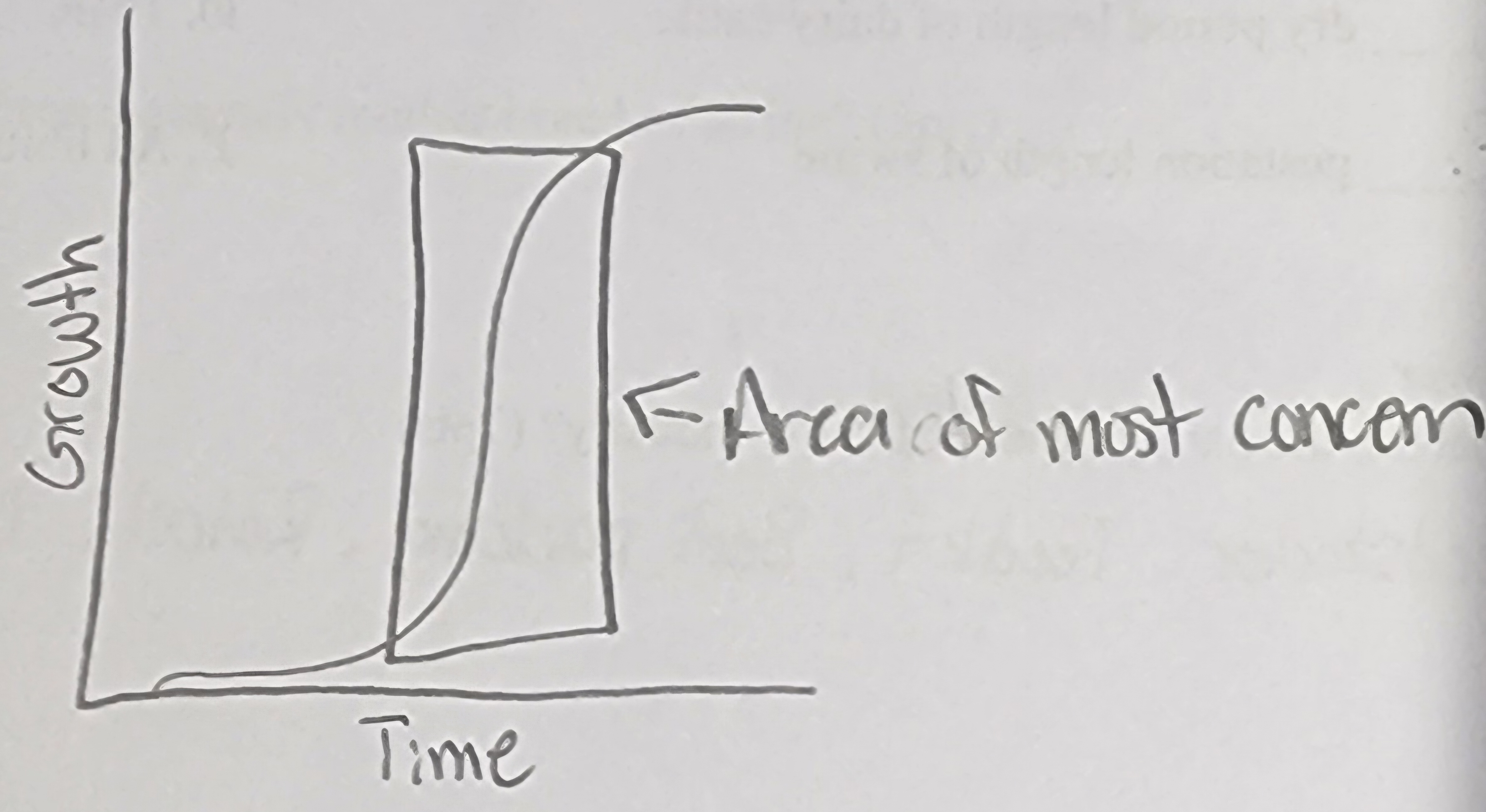Exam 3 (Form B) - Intro to Animal Science Lecture
1/39
Earn XP
Description and Tags
Chapters 16-19 - Arkansas State University, Randy Burnett
Name | Mastery | Learn | Test | Matching | Spaced |
|---|
No study sessions yet.
40 Terms
True or False? Explain if False: Historically, the swine industry has had minimal segmentation but more recently has moved to a common industry of becoming vertically integrated.
True
True or False? Explain if False: A TMR stands for a total mixed ration that supplies all the essential nutrients a dairy cow needs for production of milk.
True
True or False? Explain if False: Milk production is the least efficient conversion of feed to a useable food product for human consumption amongst all other species that we have discussed this semester.
False - Milk production is the most efficient
True or False? Explain if False: When feeding out growing swine, the protein quantity of feed is more important that the protein quality that is in the feed being consumed.
False - Quality is more important than quantity
True or False? Explain if False: Veal is typically from male dairy calves fed milk-or milk-based diets until harvest.
True
True or False? Explain if False: Mastitis is better known as inflammation or an infection of the mammary gland system.
True
True or False? Explain if False: During a typical year in the life of a beef cow, the period of greatest nutrient requirement is from calving to breeding, or around 70-80 days after she has gone through parturition.
True
True or False? Explain if False: Ad libitum feeding means that an animal is limit fed so much feed per day.
False - Ad libitum is feeding is feeding an unlimited amount of food
True or False? Explain if False: Breed complimentary is a phenomenon in breeding and genetics that takes the strong points of one breed that complements/covers up the weak points of another breed (example: breeding a Hereford to a Brahman).
True
True or False? Explain if False: Stocker/backgrounders objective in the beef industry is to sell high dollar genetics in the form of calves, embryos, or semen.
False - This is the objective of a Seedstock producer
Which of the following breeds are the Continental/Exotic breeds of cattle:
A. Salers
B. Maine Anjou
C. Brahman
D. Beef Master
E. Hereford
F. A and B
G. B and C
H. A, B, and C
I. A, C, and D
J. All of the Above
K. None of the Above
F. A and B
Biennial forages include:
A. Bermuda grass
B. Legumes
C. Millets
D. Fescue
E. A and B
F. B and C
G. C and D
H. A and D
I. All of the Above
J. None of the Above
B. Legumes
Which of the following states are in the top 5 for swine?
A. Minnesota
B. Ohio
C. Kansas
D. Tennessee
E. Oklahoma
F. A and B
G. B and C
H. A, B, and C
I. A, C, and D
J. All of the Above
K. None of the Above
A. Minnesota
Which of the following states are in the top 5 for dairy cows?
A. California
B. Ohio
C. Kansas
D. Idaho
E. New York
F. A and B
G. B and C
H. A, D, and E
I. A, C, and D
J. All of the Above
K. None of the Above
H. A, D, and E
Which of the following dairy products fall under Class II?
A. Ice Cream
B. Cheese
C. Butter
D. Dry milk
E. A and B
F. A and C
G. B and C
H. All of the Above
I. None of the Above
A. Ice Cream
Draw a basic sketch of a beef calf growth curve. Highlight/show the area of most concern when talking about the greatest increase in growth of that calf.

Rectal temperature of cattle
101.5
Estrous type for swine
Polyestrous
Young beef or dairy female
Heifer
Fresh period length of dairy cow
305 days
Breeding age of heifers
14-19 months
Young female swine
Gilt
Estrous cycle of cattle
19-21 days
Ancient breed of cattle
Auroch
Free access to feed
Ad libitum
Estrus cycle of cattle
13-17 hours
Hormone that increases milk production
bST
Gestation length of cattle
283 days
Castrated male pig
Barrow
Feeding system utilized in dairy
TMR
Dry period length of dairy cattle
60 days
Gestation length of swine
112-115 days
What are the (seven) parts of the beef cattle industry?
Seedstocker, Commercial cow-calf, Stocker, Feedlot, Packer, Retailer, Consumer
What are the two options in feeding management of dairy cattle? What is an advantage and disadvantage of each?
TMR - Advantage: Farmer has more control; Disadvantage: Special equipment required
Pasture - Advantage: Minimal special equipment required; Disadvantage: Farmer has less control
BONUS: How can you increase milk fat and quantity in pounds of milk with diet selection?
Milk fat - TMR
Quantity in pounds of milk - bST
Which dairy breed produces the greatest quantity of milk? which dairy breed produces the greatest quality of milk?
Holstein - Quantity
Jersey - Quality
In dairy cattle industry, the time frame of producing a calf is 1 calf/cow/13 months. Why does it take longer for dairy cattle to breed back and have another calf compared to beef animals?
Greater nutritional requirements that are going to her growing, healing repro tract, and especially milk.
What are three maternal/mother breed of swine?
Yorkshire, Landrace, Chester white
What are the five critical management procedures that need to be completed after the birth of a piglet?
Dipping of the navel to prevent infection, Clipping the needle teeth, Iron injection, Tail docking, Castrate males
BONUS: What are three essential amino acids that cattle and swine need in their diets?
Lysine, Methionine, Threonine